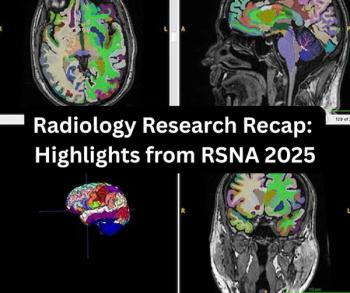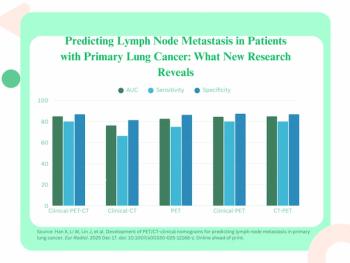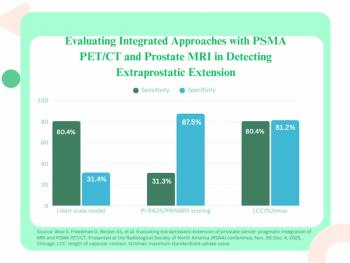
Ultra-High-Resolution CT May Overcome Limitations in Evaluating Coronary Artery Stenoses
Patients suspected of having coronary stenoses may benefit from ultra-high-resolution CT, according to a recent study that showed high diagnostic confidence in severely calcified coronary atherosclerotic disease.
Ultra-high-resolution CT (UHR-CT) may be more accurate than
The study, published in
“We believe our data show promise that ultra-high-resolution CT (UHR-CT) with 0.25 mm detector width can overcome a major limitation of coronary CT, i.e., the limited interpretation of the coronary artery lumen in the presence of severe calcification,” Armin A. Zadeh, MD, PhD, MPH, director of cardiac computed tomography and associate professor of medicine at Johns Hopkins University, told Diagnostic Imaging.
Among the 15 patients included in the study, 13 were men, nine had obesity and six were without stents and had average calcium scores of 1,205. There were 20 prior stents placed among eight participants.
UHR-CT studies were acquired using prospective scan triggering using a 70%–99% exposure window for all but one participant, who had a mode switch to full R-R imaging due to a premature ectopic beat.
Image noise was significantly greater with UHR-CT compared with conventional CT (50.9 ± 7.8 [standard deviation] versus 19.5 ± 8.3, P < .01), resulting in lower signal-to-noise and contrast-to-noise ratios. Still, UHR-CT had high diagnostic confidence scores (4.3 ± 0.9).
Sensitivity and specificity for UHR-CT versus invasive angiography were 86% (19 of 22) and 88% (56 of 64), respectively (95% CI: 65%, 97% and 77%, 95%, respectively).
“Our initial experience with this technology suggests that UHR-CT yields better diagnostic performance than conventional CT in this challenging population,” Zadeh said.
Previous research using 64 detectors CT has shown that patients with severely calcified coronary artery disease, including calcium scores of 600 or higher the presence of stents, had much lower test specificity (56% and 57%). The study authors suggested that at least one-third of patients referred for invasive coronary angiography would benefit from UHR-CT based on high calcium scores or prior stent placement.
“Providers may be interested in knowing about this technology for cases with high coronary calcium scores or coronary stents,” Zadeh said.
The study was limited by an eight-month delay in enrolling participants due to the COVID-19 pandemic. Other limitations included that it was a single-center study that lacked a dedicated core laboratory assessment, data on conventional image reconstruction represented a simulation of images and the analysis did not include advanced noise reduction algorithms.
“We will continue our study and will provide more detailed data at its conclusion,” Zadeh said.
By decreasing the size of the detector element, UHR-CT quadruples resolution compared with conventional models, Sujata M. Shanbhag, MD, MPH, staff cardiologist and Marcus Y. Chen, MD, director of cardiovascular CT at the National Heart, Lung and Blood Institute of the National Institutes of Health wrote in a
They noted the limitations of coronary CT angiography in patients with advanced cardiovascular disease, with visualization impaired by blooming artifacts, beam hardening and partial volume effects from dense calcification and stent struts, and called the UHR-CT study “an important step in actualizing the potential impact of advanced spatial resolution and its application to a patient population with advanced CAD.”
Newsletter
Stay at the forefront of radiology with the Diagnostic Imaging newsletter, delivering the latest news, clinical insights, and imaging advancements for today’s radiologists.



























